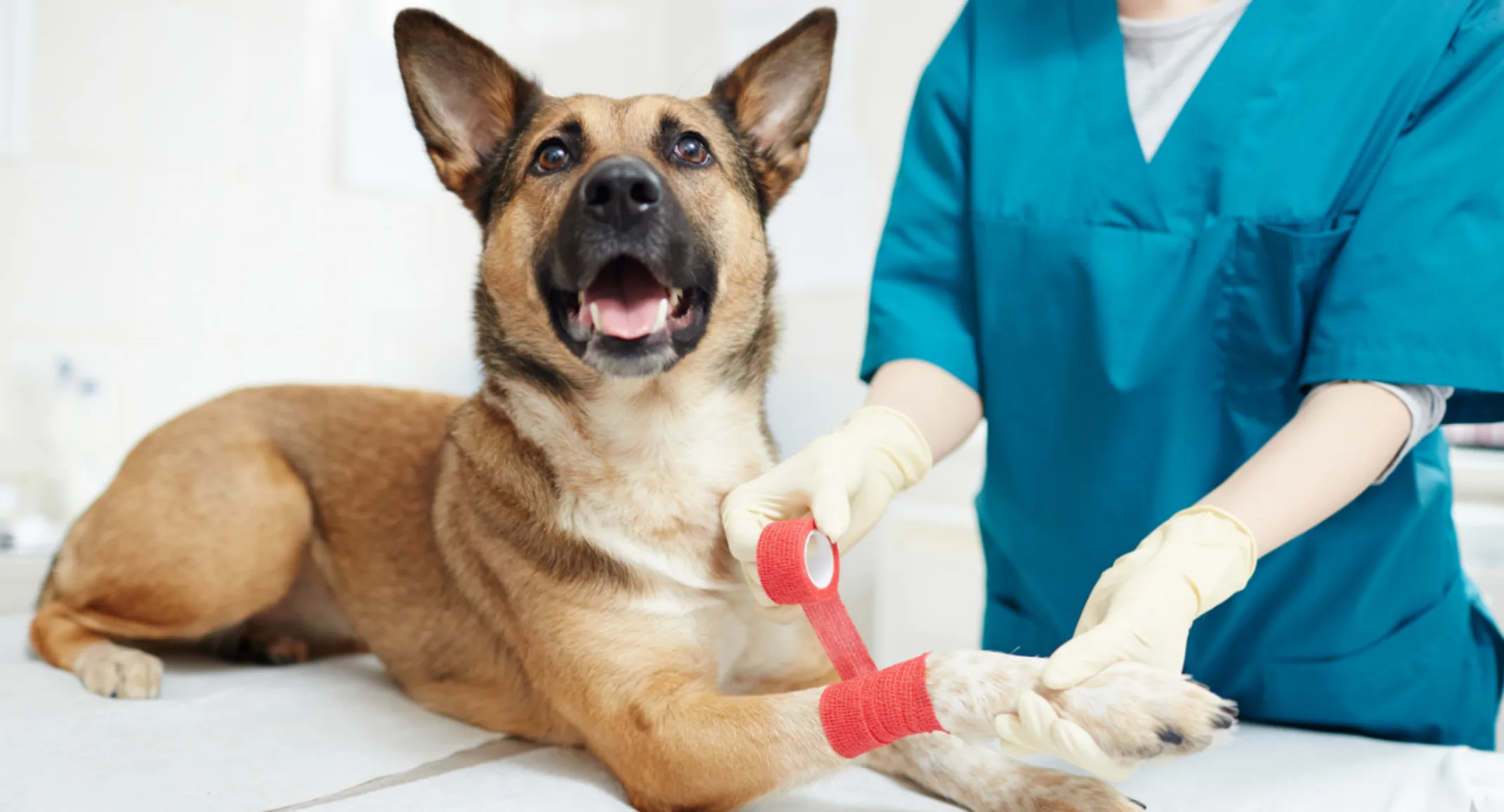The Differences Between Emergency and Wellness Care
Pet Safety

The summer season often brings more risks for pets, making emergency pet care more crucial than ever. It is important to understand the key distinctions between veterinary emergency care and primary or wellness care. Being informed can help ensure your pet stays safe and healthy during the hot summer months ahead.
There are several key differences, mostly due to the urgency, unpredictability, and severity of the cases involved. Here’s a breakdown of the core differences:
1. Urgency and Time Sensitivity
Emergency care deals with life-threatening or rapidly worsening conditions that need immediate attention—like trauma, poisoning, seizures, or acute organ failure.
Primary care encompasses routine check-ups, vaccinations, chronic disease management, and other non-urgent health concerns.
2. Diagnostics and Equipment
Emergency facilities are equipped with state-of-the-art sterile treatment spaces and surgical suites, significantly reducing the risk of infection. Advanced diagnostic tools are also available, including on-site labs, digital radiography (x-ray), ultrasound, and sometimes CT or MRI to quickly assess critical conditions in pets.
Primary care clinics offer routine diagnostics that often evaluate your pet's health status during their check-ups and wellness visits.
3. Medical Focus and Training
Emergency veterinarians are trained to stabilize critically ill or injured animals and often work in high-pressure situations.
Emergency facilities may also have Board-Certified Specialists on staff who have completed years of extensive training and have passed a rigorous examination to achieve their board certification.
Primary care vets focus on preventive medicine, early detection, and long-term care, forming relationships with pets and pet parents over time.
4. Hours and Availability
Emergency hospitals often operate 24/7, including nights, weekends, and holidays—times when primary care clinics are closed.
Primary care veterinarians usually keep standard business hours and often work by appointment.
Emergency veterinary care focuses on immediate responses to critical situations, while primary care emphasizes long-term health management and preventive measures. Both types of pet care are essential, and they each play unique roles in nurturing your pet's overall health and well-being.
Heat, outdoor adventures, and wildlife encounters make summer a peak season for pet injuries and illnesses. That’s why AERA is expanding access to emergency care with a Seasonal Emergency Exam Fee, so more pets can get timely support when they need it most.
If believe your pet is experiencing an emergency or requires care outside of normal primary care hours, contact our AERA team for 24/7 urgent and emergency care.

